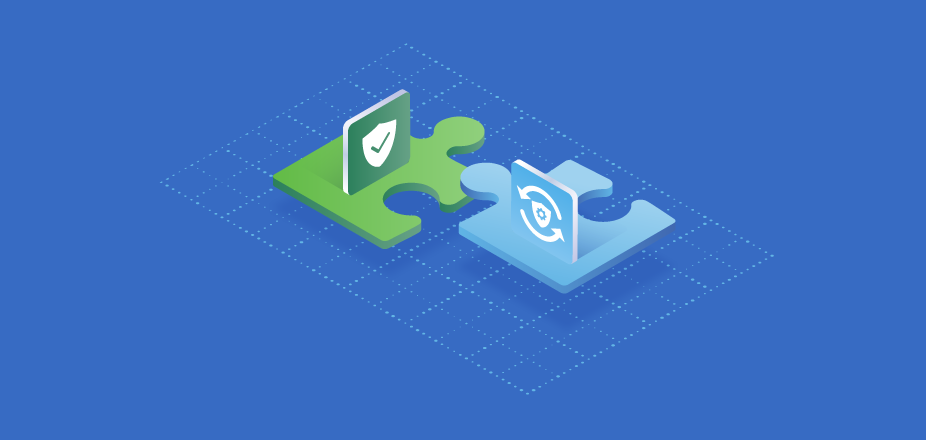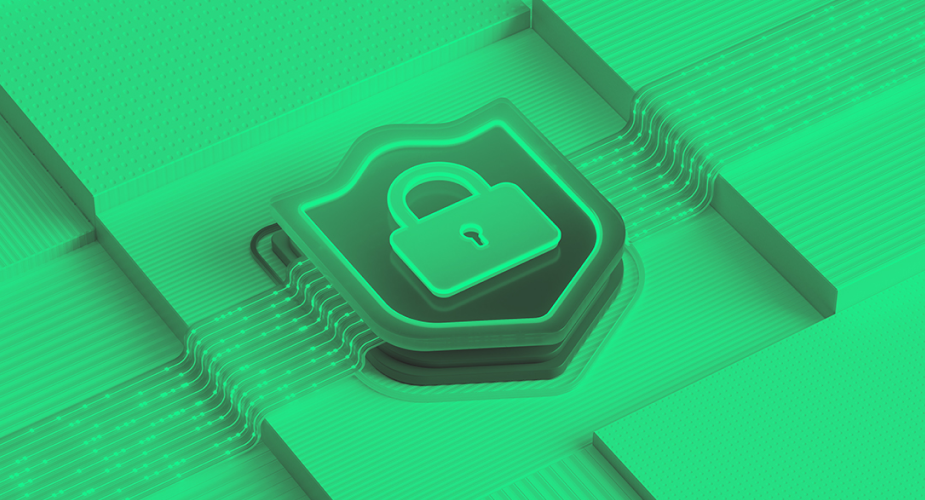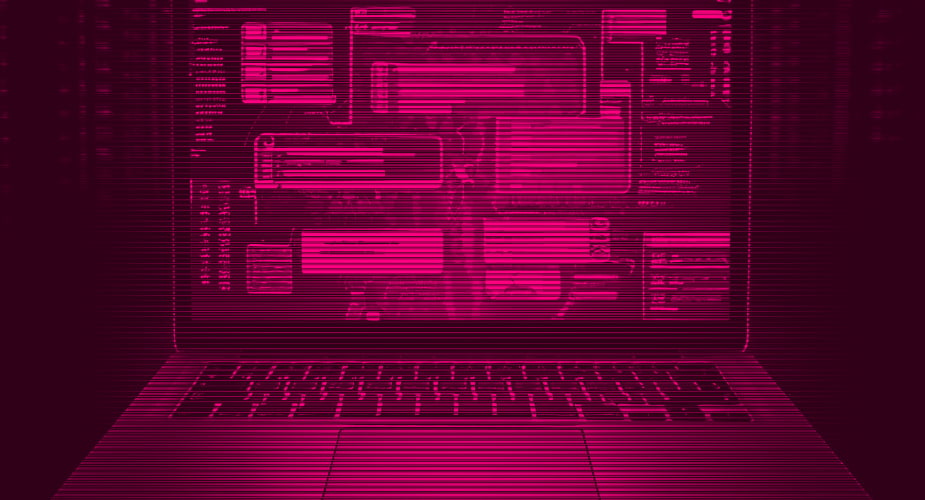The past couple of years has seen a strong push towards the cloud and software as a service (SaaS) to better support remote work and improve IT operational efficiency. It is easy to assume that cloud and SaaS are both a complete paradigm shift in how your organization operates, giving you the ability to offload much of the responsibilities to the provider. But what about your data? Protecting data is still your responsibility, and just because you moved to the cloud doesn’t mean you can forgo backup or disaster recovery (DR) to protect data from outages, disasters, or cyberattacks. So which solution is right for you? Let’s do a quick comparison of traditional backup and DR, and then look closer at how as a Service cloud options can be used as a viable option for your data protection strategy.
Traditional Backup vs. Disaster Recovery
Before we dive into cloud-based backup as a service (BaaS) and disaster recovery as a service (DRaaS), let’s take a look at why and how these data protection strategies have traditionally been used.
Backup
Data backup has been around since the first computer users realized that when the power went out, the data would not be saved and would be gone when the system came back online. Technologies have evolved over the years from punch cards to tapes, disks, and now cloud storage. But the goal has always been the same — make a copy of all your critical and valuable data and store it separately from your primary production systems, giving you an insurance policy if and when something goes wrong.
Most of you probably have some form of traditional backup in place. But IT environments have gotten much more complex with virtual machines, servers, databases, and containers while data continues to grow exponentially in both volume and locations across hybrid, multicloud, edge, and endpoints. The key question is, can your traditional backup systems keep up with the data and recover quickly when you need it? And that’s the thing with most backup solutions — even when recovery works, it usually takes time to find the data and rebuild the systems that were affected. This is fine when you need to recover a few files or even a few systems, but what if a large part of your environment or entire data center went down and every second counts? This is where disaster recovery comes in.
Disaster Recovery
Disaster recovery strategies are in place in case of disaster. In the past, most organizations worried about natural disasters like floods, hurricanes, large-scale power outages, or even human error, but today the threat has evolved to be much more nefarious with the rise of ransomware. According to Cybersecurity Ventures, every 11 seconds a business falls victim to ransomware. This is now the most serious concern.
Traditional disaster recovery implementations use a duplicate and mirroring approach for their critical infrastructure. You have a primary and secondary data center, with the underlying hardware and software infrastructure and data mirrored across both locations. They require a separate DR solution that not only handles all the replication and mirroring but also the orchestration of bringing up and failing over to the secondary location when there is a disaster or a test drill.
With everything mirrored using fast near-sync replication. DR has the advantage of near-zero downtime and fast recovery times that you cannot achieve with backup alone. The downsides? First, it’s expensive to maintain a duplicate secondary location. So much so that many organizations still forgo a full DR solution and instead rely on their backups to rebuild their environment in case of a disaster. Second, it doesn’t protect you completely from ransomware. That near-sync replication that gives you the fast recovery times, also makes it prone to propagate and replicate malware or encrypted data that’s been infected by ransomware.
To address your modern IT requirements and the ever-evolving threat landscape now is the time to consider cloud and as a Service solutions.
Cloud and as a Service Change the Equation
Cloud and SaaS have modernized sales, HR, and productivity tools. By removing the need to manage infrastructure, it also brings benefits to backup and disaster recovery including on-demand scaling, capacity-based pricing, and simplified operation. Let’s see how it helps with backup and DR.
Backup as a Service
Traditional backup solutions got more complex as our IT environment got more complicated. With media servers, target storage, cloud gateways, and multiple software pieces being patched together, it makes sense to eliminate much of the complexity and operational overhead in favor of the cloud. Modern backup as a service offering like Cohesity DataProtect delivered as a Service uses a cloud-native architecture and microservices in the backend to simplify and scale operations. Modern capabilities like global search help you find the data you need to recover quickly and immutability helps protect backup data from ransomware.
DR as a Service
Disaster Recovery probably started evolving to DR as a service (DRaaS) before backup. Why? The first generation of DRaaS was more likely outsourced to a managed service provider to have them manage the secondary infrastructure required for DR. This lightens the operational load for your organization and gives you an option to pay monthly vs. upfront, but today you should be looking at a DRaaS solution that is not only outsourced but takes advantage of the on-demand pay-as-you-go nature of public cloud. Cohesity SiteContinuity delivers our disaster recovery as a service that modernizes DR and enables you to use public cloud as your secondary infrastructure. Furthermore, it leverages your existing on-premises Cohesity backup infrastructure to replicate data to the cloud for DR removing the need for you to deploy separate backup and DR solutions.
Comparing Key Considerations
Whether you are considering modernizing your backup or DR strategies or both with cloud there are three key considerations to look at: how to optimize recovery times, reduce costs, and separate data from cybercriminals.
Optimize Recovery Times
Recovery times play a part in how you implement your backup or DR strategies. How does this play out for BaaS and DRaaS? For BaaS look at where your source data is. Many organizations prefer to back up their cloud data with a cloud service like BaaS. This aligns with the business and operating models and limits the need to transfer data over slow and costly WAN links and optimizes both backup and recovery times. That said, backup requires a manual recovery process, so it will never be as fast as DR.
For DRaaS you want to make faster recovery times accessible to more applications and data. Instead of relying on just backups for recovery which is slower, you can replicate and failover to the cloud for automated failover and faster recovery times, especially as your environment grows.
Reduce Costs
Moving to BaaS will help reduce or eliminate most of your upfront CapEx costs around maintaining and managing your own backup infrastructure. And a modern solution like Cohesity DataProtect can help you reduce your operating costs further with an easy-to-use interface and modern efficiencies like incremental backups and global variable block deduplication.
DRaaS can drastically reduce your DR costs compared to running or outsourcing an entire secondary data center environment. Most secondary DR sites sit idle for more than 90% of the time waiting for disaster to happen. All that idle time is a waste. With Cohesity SiteContinuity for DRaaS, you can use on-demand cloud infrastructure instead and only pay for infrastructure you use, enabling you to cut or eliminate most of your secondary data center and infrastructure costs.
Separate and Immutable Data
Ransomware not only goes after your production data, but it also goes after and destroys your backups, so you have no choice but to pay the ransom. BaaS can help you protect against ransomware as it is off-site from your primary environment creating separation from the cybercriminals. A modern BaaS, like Cohesity DataProtect, also provides immutability which means the backup data cannot be deleted or altered. This is an important distinction between BaaS and DRaaS. Even though DRaaS also creates separation by replicating data offsite to the cloud, it’s done in near real-time where infected or encrypted data may also get propagated as well.
Cohesity Makes Hybrid Dreams Come True
Cloud and SaaS are growing faster than ever. But it doesn’t mean the data center is dead. In fact, most organizations will be operating in a hybrid manner for the foreseeable future. What this means is organizations that have hybrid infrastructure can benefit from hybrid backup and BaaS as well as hybrid DR and DRaaS. Back up cloud applications and data with BaaS, but use on-prem backup to protect your data center environments. For DR, use a dedicated secondary infrastructure for your mission-critical apps, but use DRaaS and pay-as-you-go AWS infrastructure for everything else to help you reduce costs while still providing good recovery times.
The beauty with Cohesity is whether you self-manage our software on-prem for backup or DR, or choose to go with our BaaS or DRaaS, it’s built on the same platform and all managed through the same UI. This allows you to manage data freely and easily no matter where it is and how it’s deployed.
Give Cohesity BaaS or DRaaS a try and sign up for a free trial.



















